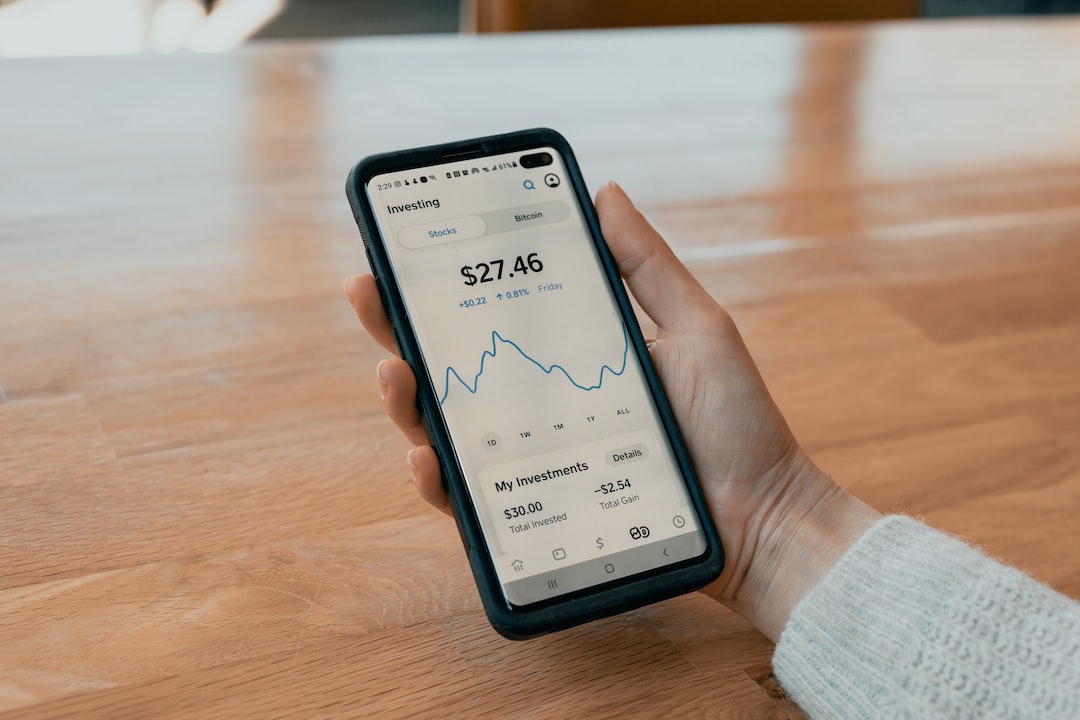In the world of forex trading, the use of automated trading systems, or forex robots, has become increasingly popular. These systems are designed to execute trades automatically, based on pre-determined rules and parameters set by the trader. One of the most popular programming languages used to create these forex robots is Java. In this article, we will provide an in-depth guide on how to program a forex robot using Java.
Step 1: Define the Trading Strategy
The first step in creating a forex robot is to define the trading strategy that it will use. This involves determining the rules for entering and exiting trades, as well as the criteria for managing risk. The trading strategy can be based on a variety of technical indicators, such as moving averages, RSI, or MACD. It can also be based on fundamental factors, such as economic news releases or geopolitical events.
Step 2: Develop the Trading Algorithm
Once the trading strategy has been defined, the next step is to develop the trading algorithm that will execute the trades. This involves writing code to implement the rules and parameters that were defined in step 1. The algorithm should be designed to identify trading opportunities, calculate trade sizes, and manage risk.
Step 3: Connect to a Forex Broker
In order for the forex robot to execute trades, it needs to be connected to a forex broker. This can be done using an API (Application Programming Interface) provided by the broker. The API allows the robot to access real-time market data and execute trades automatically. The API will typically provide a set of functions that the robot can use to retrieve market data, submit orders, and manage positions.
Step 4: Test and Optimize the Robot
Once the robot has been developed and connected to a forex broker, it is important to test and optimize its performance. This involves backtesting the robot using historical data to see how it would have performed in real-world trading conditions. Backtesting can help identify any flaws or weaknesses in the trading strategy or algorithm, and allow for adjustments to be made.
Optimization involves tweaking the parameters of the trading strategy and algorithm to improve performance. This can be done using a variety of optimization techniques, such as genetic algorithms or brute force optimization. The goal is to find the optimal combination of parameters that maximizes profit and minimizes risk.
Step 5: Deploy the Robot
Once the robot has been tested and optimized, it is ready to be deployed in the live forex market. This involves running the robot on a VPS (Virtual Private Server) provided by the forex broker. The VPS allows the robot to run 24/7, without interruption, and ensures that it has fast and reliable access to the market data and trading platform.
Conclusion
Programming a forex robot using Java can be a complex and challenging task, but it can also be very rewarding. By following the steps outlined in this article, you can create a powerful and profitable trading robot that can help you achieve your financial goals. Remember to always test and optimize your robot before deploying it in the live forex market, and to always use proper risk management techniques to minimize your losses.






